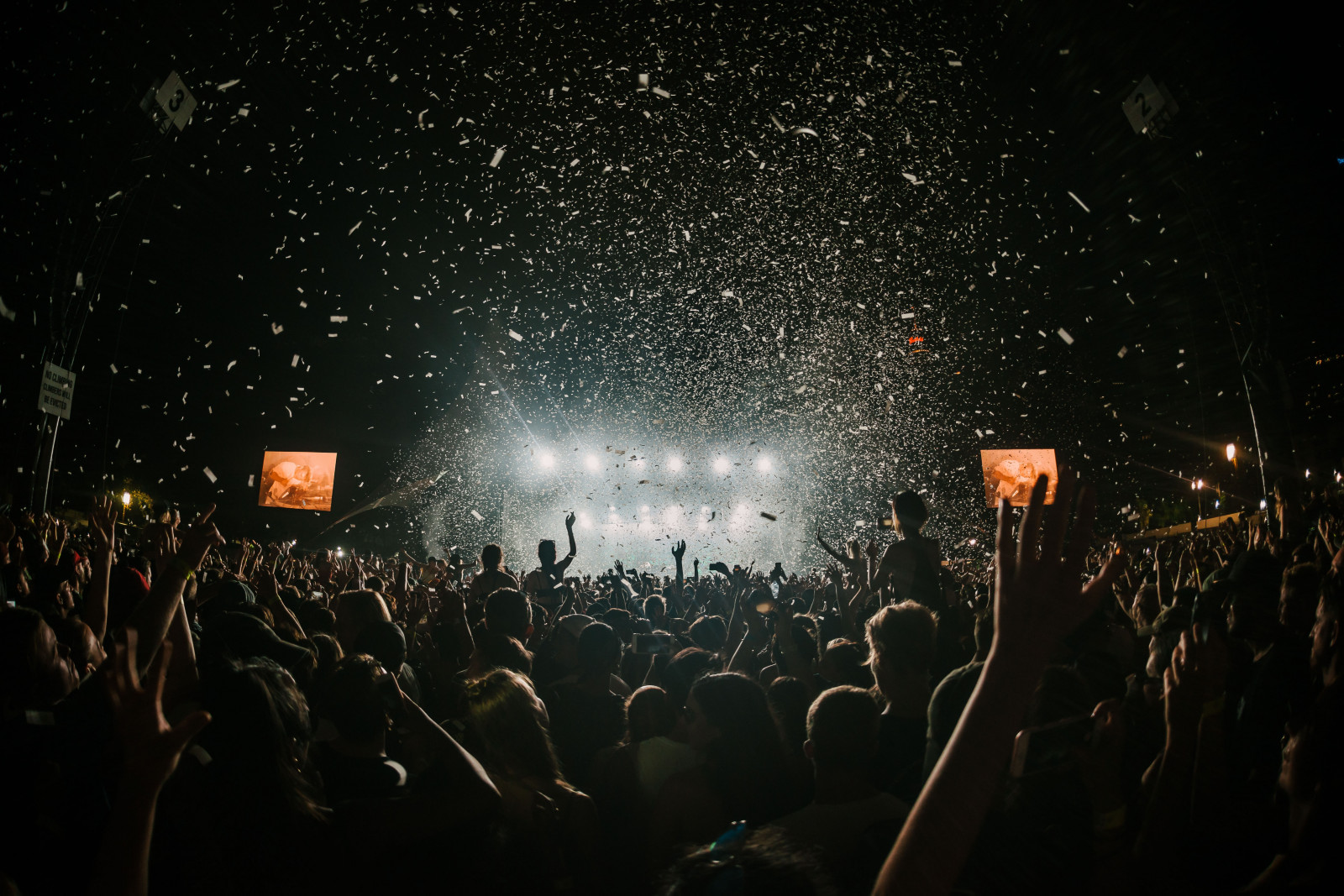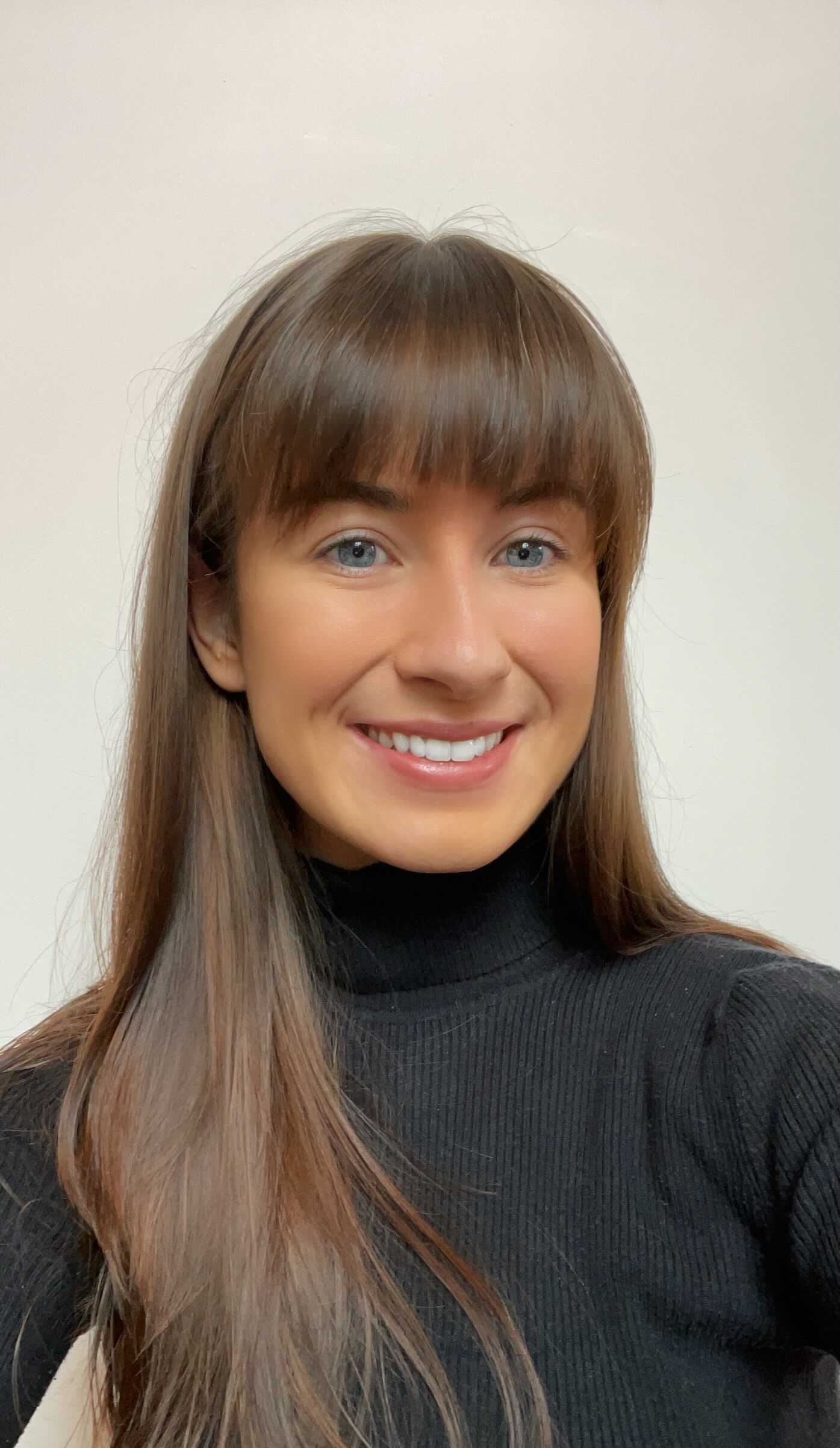Gig tickets: artist discovery versus consumer satisfaction

Photo: Danny Howe

Since the return to normal, superstars and up-and-coming artists alike are creating new ways to adapt to the attention economy – and live performances are no exception. In a world accustomed to on-demand content, where trends and interests are fleeting, and the music market is hugely oversaturated thanks to the growing creator tools economy, creators need to find ways to entice fans to come to their live gigs. Many artists are successfully blending IRL performances with viral internet moments to encourage audiences to pay to watch them live, while simultaneously catering to their online fandom to those who cannot make it.
So, now the artists have triumphantly persuaded their fanbases to consider watching them perform live – step one complete. But what about step two: actually buying a ticket? Following the Live Nation controversy, where consumers had great difficulty trying to purchase a ticket for Taylor Swift’s ‘The Eras Tour’, resulting in US Congress interference, some artists and fans are not-so-quietly cautious. Some artists are exercising creative and ‘old-school’ ways to encourage alternative purchasing options. However, Ticketmaster is also making waves in the pool of online discovery, implementing creator tools to contribute to an artist’s journey in finding new audiences and promoting live performances.
The IRL throwback method
Issues and frustrations with Live Nation / Ticketmaster are not a new phenomenon, but it has generated more complaints since the companies’ merger in 2010 (becoming Live Nation Entertainment). For example, its dynamic pricing practices, implemented in 2018 to eliminate, or at least lessen the profits of, the secondary-ticket market, have been contested. The dynamic pricing method works similarly to that of plane tickets or Uber surge prices: the more popular a concert becomes, the higher the ticket prices will surge – usually leaving fans disappointed and out of pocket (and oftentimes out of ticket).
Artists do liaise with Ticketmaster to set the price brackets to allow for dynamic pricing. This is under the logic that secondary markets see the profits of reselling at higher prices, so dynamic pricing would allow the artists themselves to see those profits instead, in addition to discouraging people from buying tickets to resell, since the starting price point is so high to begin with. However, recently, fans of superstars Taylor Swift, Harry Styles, and Bruce Springsteen were paying up to thousands of dollars for a ticket – much of which was from secondary markets as a result of ‘scalpers’ scooping up the official tickets first. Clearly, dynamic pricing has not successfully curbed secondary market excess.
Last week, indie artist Maggie Rogers decided to tackle this issue by applying old-school IRL marketing methods when selling her pre-sale tickets to her upcoming tour, ‘Summer of ‘23’. Preaching to fans to “come buy tickets like it’s 1965” (for one day only), Rogers encouraged consumers to buy tickets in person at their local box office. Furthermore, Rogers herself made an appearance at the Brooklyn box office to meet fans and personally sell tickets.
Featured Report
Defining entertainment superfans Characteristics, categories, and commercial impact
Superfans represent a highly valuable yet consistently underleveraged audience segment for the entertainment industry. What drives this disconnect is the fact that – despite frequent anecdotal use of the term – a standardised, empirical definition remains absent, preventing companies from systematically identifying, nurturing, and monetising th...
Find out more…This creates opportunity to build more artist-fan connection, sell merch, increase profit for artists, and tackle the issues posed by Live Nation Entertainment (LNE) in terms of hidden fees, bots and site crashes. In addition, it also creates a window for potential viral content and allows consumers to connect with other local fans of the artist (via standing in a real queue with other people instead of looking at a designated queue number online). The concert is the real event, but Rogers’ IRL stunt turned ticket purchasing into an event of its own. It should be noted that online tickets are also available for the Maggie Rogers tour, so those who are not local to the box office or not able to queue IRL are not missing out.
The digital discovery method
A number of artists have been outspoken about LNE’s dominant position, including Clyde Lawrence of the American pop band Lawrence, who argued his case in front of the US Senate. He explained that it is near impossible for artists to partake in live tours without LNE due to the fact that it is all three: the promotor, the venue, and the ticketing company. Now, as part of the enterprise’s promotion arm, Ticketmaster is currently in the process of launching a new online promotion tool that contributes to the support of artist discovery online.
Ticketmaster is currently working with TikTok to beta test its new sticker feature. Partnering with Zebr, a select group of influencers were recruited to experiment with the new feature to promote Nessa Barrett’s upcoming tour, which would allow the creators to attach the sticker to their video. Viewers could then click the sticker for frictionless access to the Ticketmaster page, where they could then buy tickets for the tour. This is a much smoother process than the current method of following a link that can be found on the influencer’s main page, a multi-step process that risks losing potential consumers along the way. Further, many users are already posting viral content about tours — from clips of the actual show to outfit ideas and tips for concert-goers — the sticker simply closes the gap between being inspired by such videos and actually buying a ticket.
Furthermore, this makes for much stronger authentic (seeming) marketing. In this instance, subconscious participation in ads and marketing (SPAM) user-generated content (UGC) is much more effective than the artist promoting the sticker on their own output. With the simple act of creators participating in a trend that uses Barrett’s song while attaching the sticker to the video, users are much more engaged and more likely to follow the link / buy tickets, as it is seen less as an ad and more of a fan recommendation. As a result, the algorithm will promote this content more frequently, allowing for a vaster spread for discovery.
A blend of these two practices will become an essential ticket-purchasing method for artists, in addition to complimenting the already orchestrated environment artists create at their live gigs to encourage viral UGC. Now there is an opportunity to create moments (and ultimately virality) to maintain attention and encourage fandom at every step of the live music process: promoting the gig, buying the tickets, attending the performance.

The discussion around this post has not yet got started, be the first to add an opinion.